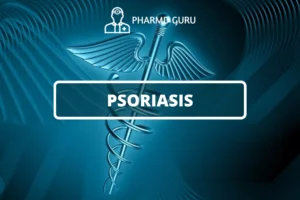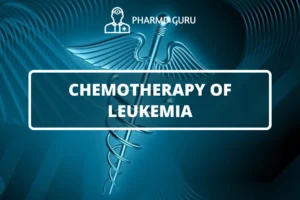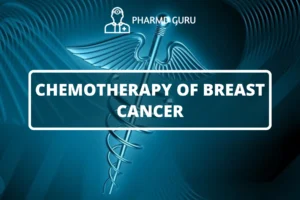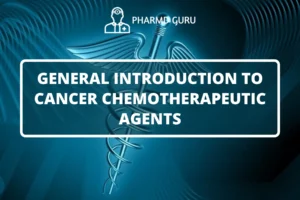MANAGEMENT OF CHEMOTHERAPY INDUCED NAUSEA AND EMESIS:
Chemotherapy has revolutionized cancer treatment, but it often comes with the side effect of nausea and vomiting, also known as chemotherapy induced nausea and emesis (CINV). These symptoms can significantly impact a patient’s quality of life and may even lead to treatment discontinuation. However, with advancements in supportive care, effective management strategies are available to alleviate chemotherapy-related nausea and emesis. This article explores the causes of CINV, risk factors, preventive measures, and treatment options, providing valuable insights for patients and healthcare professionals alike.
SCROLL DOWN TO THE BOTTOM OF THIS PAGE FOR ACTUAL NOTES.
Table of Contents
- Introduction
- Understanding Chemotherapy-Induced Nausea and Emesis (CINV)
- Risk Factors for CINV
- Prevention of CINV
- Pharmacological Management of CINV
- Non-Pharmacological Approaches to CINV
Introduction
Chemotherapy drugs can stimulate the vomiting center in the brain and cause irritation of the digestive system, leading to nausea and vomiting. CINV can occur before, during, or after chemotherapy and can vary in severity from mild to severe. Effective management of CINV is essential for improving patient comfort, adherence to treatment, and overall well-being.
Understanding Chemotherapy-Induced Nausea and Emesis (CINV)
CINV can be categorized into two main types:
- Acute-Onset CINV: This occurs within the first 24 hours after chemotherapy administration and is often associated with highly emetogenic drugs or certain treatment regimens.
- Delayed-Onset CINV: This develops more than 24 hours after chemotherapy and can last for several days. It is commonly associated with moderately emetogenic drugs or specific patient-related factors.
Risk Factors for CINV
Several factors can influence the likelihood and severity of CINV:
- Chemotherapy Regimen: Some chemotherapy drugs are more likely to cause CINV than others. High emetogenic drugs, such as cisplatin, are known to have a higher risk.
- Individual Susceptibility: Certain patients may be more prone to experiencing CINV based on their genetics, previous history of motion sickness or morning sickness during pregnancy, or psychological factors.
- Gender and Age: Females, younger patients, and those with a history of motion sickness or previous CINV are at higher risk.
- Poorly Controlled Pain: Inadequate pain management can contribute to CINV.
Prevention of CINV
Prevention is a crucial aspect of managing CINV and can significantly improve patient outcomes. The following strategies are commonly employed:
- Antiemetic Medications: Antiemetic drugs are prescribed before and after chemotherapy to prevent or reduce CINV. They can include serotonin receptor antagonists (e.g., ondansetron), neurokinin-1 receptor antagonists (e.g., aprepitant), corticosteroids (e.g., dexamethasone), and others. The choice of medication depends on the emetogenicity of the chemotherapy regimen and patient-specific factors.
- Multimodal Approach: Combining different classes of antiemetics with complementary mechanisms of action can enhance the effectiveness of CINV prevention.
- Individualized Care: Tailoring antiemetic treatment based on patient characteristics, chemotherapy regimen, and risk factors can optimize outcomes.
Pharmacological Management of CINV
If CINV occurs despite preventive measures or if a patient experiences breakthrough symptoms, additional pharmacological interventions may be necessary. The following options can be considered:
- Rescue Antiemetics: These medications are used to control acute episodes of CINV that arise despite prophylactic treatment. They can provide rapid relief and include drugs such as metoclopramide or prochlorperazine.
- Substance P/NK1 Receptor Antagonists: Drugs like aprepitant and fosaprepitant are effective in preventing delayed-onset CINV and can be used in combination with other antiemetics.
- Cannabinoids: Synthetic cannabinoids, such as dronabinol or nabilone, may be prescribed in specific cases when other antiemetics are ineffective.
Non-Pharmacological Approaches to CINV
In addition to medication, non-pharmacological strategies can help manage CINV:
- Acupuncture: This ancient practice involves stimulating specific points on the body to alleviate symptoms and has shown promise in reducing CINV.
- Relaxation Techniques: Stress reduction techniques, such as deep breathing, guided imagery, and progressive muscle relaxation, can help mitigate nausea and improve overall well-being.
- Dietary Modifications: Avoiding large, heavy meals and opting for smaller, frequent meals that are low in fat and easy to digest may help reduce CINV.
- Ginger: Ginger has been used for centuries to alleviate nausea. Consuming ginger products or supplements may provide relief from CINV.
ACTUAL NOTES:




